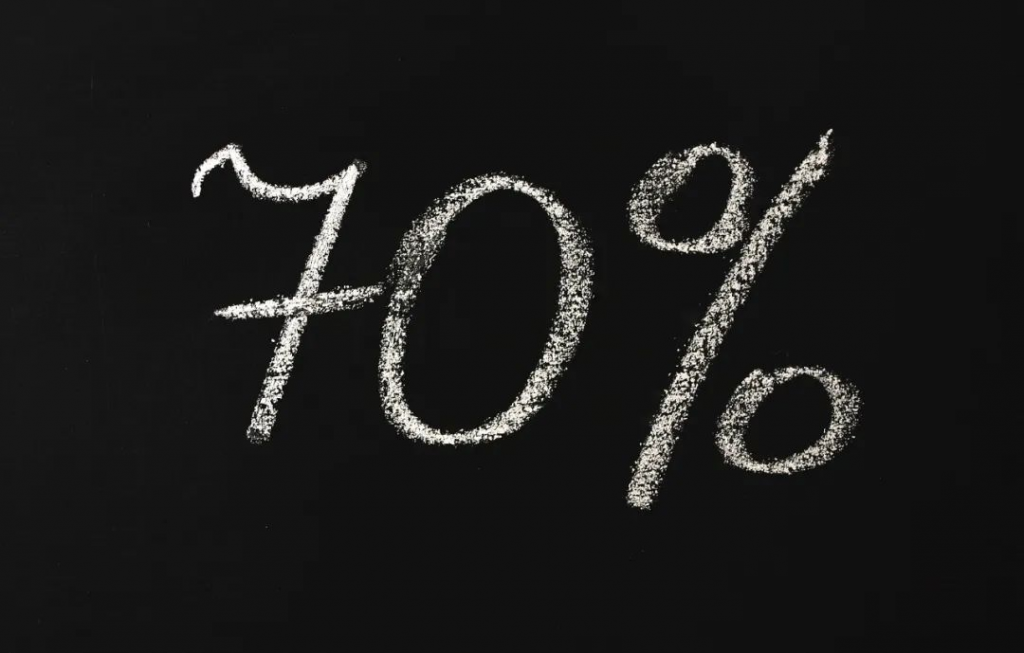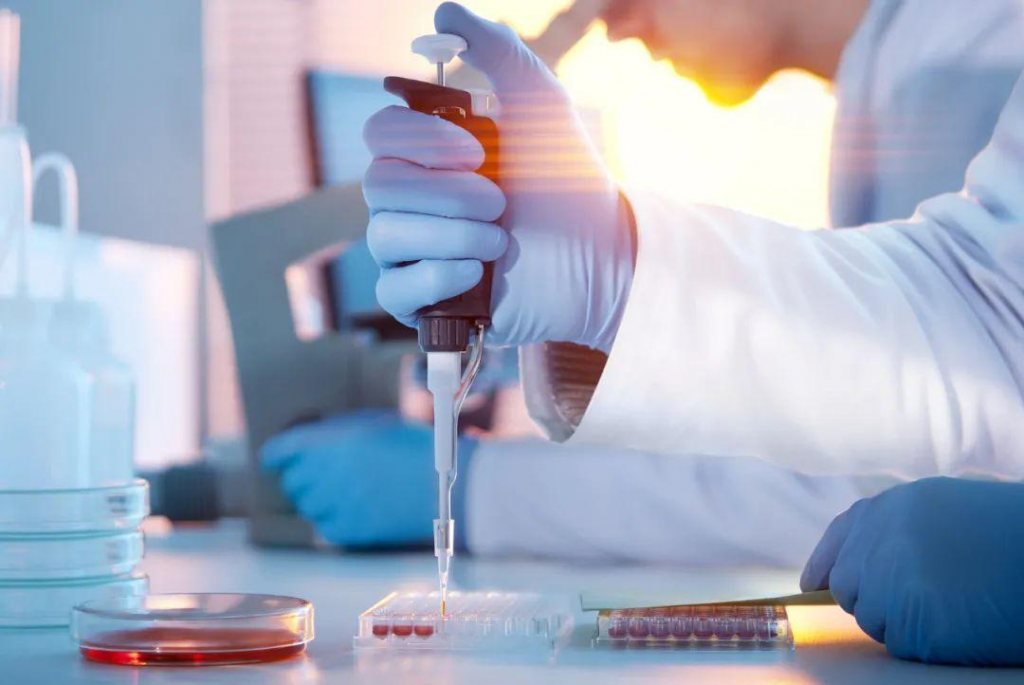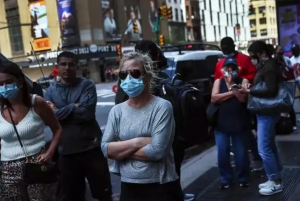
Is the New Crown Pandemic Really Coming to an End? Where do the vaccine companies go from here?
WHO relents on neo-crown outbreak.
At a media briefing on September 14, WHO Director General Tan Desai said, “The number of deaths from New Crown last week was the lowest level since March 2020. This is the perfect time to end the New Crown pneumonia outbreak.”
Although Tandsei did not say when the end of the pandemic would be declared, he said “victory is in sight.”
Since March 11, 2020, when the WHO declared NCC to be a “pandemic”, the world has been looking forward to an end to the epidemic. Of course, pandemics don’t end when anyone says they will, but the WHO’s determination will undoubtedly provide a basis for countries to adjust their epidemic prevention policies.
WHO’s vocalization quickly ignited the entire domestic network. On the same day, the State Ministry of Industry and Information Technology released data: the national annual production capacity of the new crown vaccine reached 7 billion doses, and the output reached 5.5 billion doses.
China has always been a major vaccine country, and production of the new crown vaccine was ramped up during the new crown epidemic. Once the epidemic eases or even ends, how will the large amount of vaccine production capacity be dissolved?
Research and development continues
In fact, WHO has not stopped promoting vaccination.
On the day of the briefing, WHO released six policy briefs urging countries to vaccinate at-risk populations, including health workers and the elderly, as the highest priority for achieving the 70 percent vaccine coverage goal.
On Sept. 13, Oxford University’s Our World in Data released data showing that a cumulative total of 12.66 billion doses of the new coronavirus vaccine were reported worldwide, an overall vaccination rate of 67.87 percent. In China, according to the official website of the National Health Commission, as of the 15th, the country, excluding Hong Kong, Macau and Taiwan, had received 3.434 billion doses of the new crown vaccine.
Both domestically and worldwide, the goal of 70% coverage by WHO is getting closer and closer.

From the 2022 semi-annual reports of a number of companies, KangXinuo, KeXing Pharmaceuticals, JiFei Biologicals and many other companies producing new crown vaccine, revenue has ceased to grow significantly. Kexing’s first-half revenue is still up 5.07%, while Jiffy Biological’s new crown vaccine is down nearly 80%.
But a number of companies in China continue to develop new crown vaccines.
On Sept. 3, Health Won announced that the recombinant novel coronavirus fusion protein vaccine developed by Lizumab, a subsidiary of the Lizum Group, in cooperation with the Institute of Biophysics of the Chinese Academy of Sciences, was officially included in the emergency vaccination for sequential booster immunization against the new coronavirus.
This vaccine of Health Won only completed its marketing declaration in February this year, which is obviously already late. Zhu Baoguo, chairman of the company, has told the media, “The economic benefits brought by the vaccine are difficult to estimate at present, and we hope to provide the market with more vaccine options to be vaccinated. Regardless of success or failure, developing the new crown vaccine is the most important thing I have done in more than 30 years of doing medicine.”
Zhu Baoguo, who started from Mrs. Oral Liquid, was not considered a scientist with technical sentiment before, but had quite a reputation in the capital field. after 2000, after all the way to capital operation and acquisition and expansion, there is the big pharmaceutical pattern of Health Won and Lizhu today.
The influx of a large number of companies in the non-vaccine field into the R&D and production of new vaccines has been an industry phenomenon over the past two years or so. In addition, some previously unknown companies have emerged as a result of the new vaccine and even used it to land in the capital market.
Everyone knows that with the increase of vaccination coverage and the positive trend of the new crown epidemic, the market demand for the new crown vaccine is bound to become tighter and tighter. But companies, including Health Won, are hoping to use this opportunity to enter the vaccine circuit and make a name for themselves domestically and even internationally.
The Health Awareness Bureau has learned that Health Won is completing the submission of EUA information to many countries such as the Philippines, Indonesia and Malaysia one after another.
This seems to be a game of face-to-face with the virus.
Although there is a chance, it is no longer expected
An industry source told HealthSense that whether the new crown pandemic is over or not still needs to be discussed by public health experts. For now, vaccines against mutated strains are being researched by various families.
On Aug. 31, the FDA announced that a bivalent neo-crown vaccine developed and produced by Modena and Pfizer-BioNTech was urgently approved for use. Both vaccines are available against the latest Omicron BA.4/BA.5 variant strains.
Notably, this vaccine was developed and manufactured in “less than three months,” according to Pfizer CEO and co-founder Shaheen Wu.
This is a remarkable speed compared to conventional vaccine development. In the case of Kexing Zhongwei’s new inactivated crown vaccine, for example, it took 374 days from the project’s inception on Jan. 28, 2020, to its approval for marketing.

The success of Modena and Pfizer proves that developing a new vaccine for a variant strain may be a viable route. In other words, the time has come to fight for speed in the development of new crown vaccines.
With only one market left, the most important task for global vaccine manufacturers is to launch new crown vaccines for mutated strains.
However, no one is sure to win in the face of this “betting game”. Wu Yifang, chairman of Shanghai Fosun Pharmaceuticals, said at the semi-annual earnings meeting: “There is still uncertainty about the long-term growth expectations of the New Crown-related business. In the long term, we cannot build all growth on the new crown business, but also layout other innovative product lines so as to make synergy.”
Fosun may not have to worry too much. in 2011, Fosun acquired a 75% stake in Dalian Yalifeng. Yalifeng is a major domestic manufacturer of rabies and flu vaccines, which means that Fosun’s previous New Crown-related assets will have a home.
Some of the companies that have opened up big bucks for new crown vaccine production are actually worried about the future utility of new crown-related assets.
On August 16, Zhu Jingjin, Party Secretary and Vice President of Sinopharm Zhongsheng Group, told the media that Sinopharm Zhongsheng had invested more than 30 billion yuan to build three P3-level high-grade laboratories and six P3-level high-grade biosafety workshops, and the overall annual production capacity of New Crown vaccine reached 10 billion doses.
It is important to know that in June 2019, before the epidemic, according to the information disclosed by the director of the State Drug Administration, 45 vaccine manufacturers in China could produce more than 60 types of vaccines with an annual capacity of more than 1 billion doses.
Three years into the epidemic, the new crown vaccine production line of Sinopharm Zhongsheng alone has expanded China’s vaccine production capacity to 10 times that of the pre-epidemic period.
New Crown vaccine production capacity exceeds the total demand for all vaccines
The Health Awareness Bureau compared the data disclosed by several vaccine companies and found that the production capacity of New Crown vaccine alone greatly exceeded the total demand for domestic vaccines.
According to data from the CIA, in 2019, the year before the New Crown outbreak, the total number of vaccine batches issued in China was 565 million doses, including 346 million doses of planned class I vaccines and 223 million doses of class II vaccines.
Class I vaccines are available free of charge to the public and include hepatitis B vaccine, measles vaccine, and MMR vaccine. The target vaccine recipients are mainly newborns. Class II vaccines, on the other hand, are self-funded vaccines, and the publicly known influenza vaccine, HPV vaccine, rabies vaccine, and chickenpox vaccine all belong to this category.
Since 2007, China’s immunization program has been “14 vaccines against 15 diseases”, i.e. 14 vaccines for newborns, and 14 to 25 doses for infants and children, depending on the price of the first vaccine. This demand is closely related to the number of newborns and is likely to continue to decline in the future.
The Chinese public’s habit of receiving Class II vaccines has not been popular, and sales of Class II vaccines have been dependent on events to drive them, such as the H1N1 bird flu outbreak in 2010, when the number of flu vaccine batches issued reached an all-time high of 61.16 million doses; the hotly anticipated HPV vaccine in recent years has also created a sustained buzz, with some institutions estimating that the number of HPV vaccine batches issued in China in 2021 will be about 67 million.
Not every topic can drive sales of class II vaccines. In June this year, the “shingles vaccination fever”, which was marketed with the help of Father’s Day, failed to effectively pry the market. After some hype, according to news reports, only a dozen people came to get the shingles vaccine each month at a hospital in Shenzhen’s Longhua district.
Overall, China’s vaccine capacity of 1 billion doses and demand of close to 600 million doses are relatively balanced by 2019. What is going to defuse the 10 billion doses of vaccine capacity of Sinopharm alone?
If the new crown pandemic does end, the domestic demand for vaccines will hardly be able to catch the huge supply of vaccines.
Going abroad may be a way to dissolve the capacity. At present, there are mainly two ways for domestic vaccines to go to the world: pre-certification by WHO, procurement by UNICEF, and distribution to less developed countries and regions. This is mainly a class of vaccines.
On Aug. 23, WHO announced that China had again passed the assessment of its national regulatory system for vaccines, after two previous assessments in 2011 and 2014. Only after the country passes the assessment can the country’s vaccine companies apply for pre-certification and become eligible for export. As of March 2022, China has seven vaccines prequalified by WHO, but the actual number going to sea is not large.
Another form of going to sea is to obtain the approval of the other country directly and export one-to-one, similar to the current global sales model of China’s New Crown vaccine. In the past, there was almost no similar direct export of vaccines, but after the New Crown epidemic, Chinese vaccines may be recognized by more countries by relying on the “business cards” of vaccines such as Kexing, Sinopharm and Kangxino.
However, most Chinese vaccine companies are bound to face the fate of production line adjustment, and only a few will be able to stand out in the end.


Average Rating